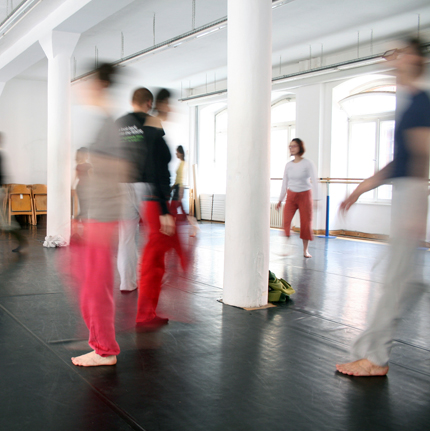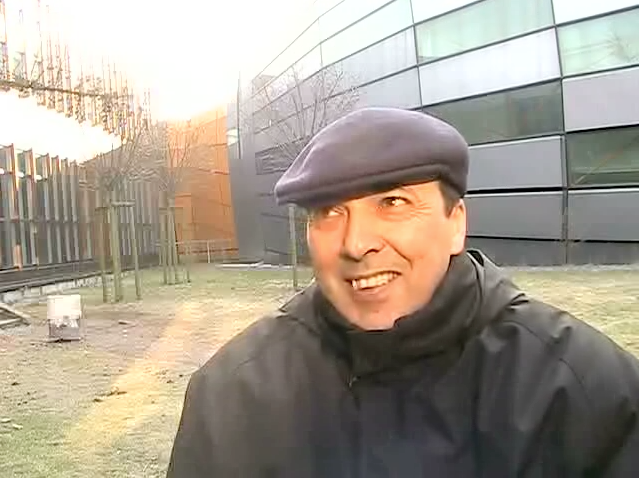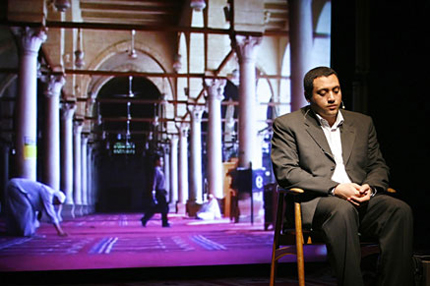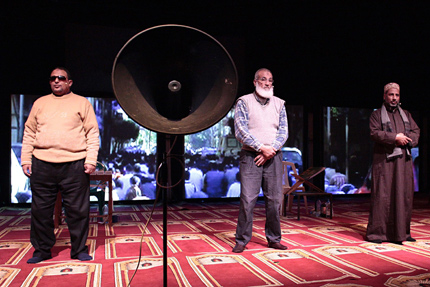 "... follow the breath with the inner eye ... residual awareness of the point ... forwarding down, inhalation back, and up, exhalation forward, and down ... sustain the stretch ... don't second-guess your impulse ... oops, everyone is not together ... once it's in play you have to deal with it ... slide left, sense right, slide right, sense left, slide the left back, sense the left, slide the right back, sense the right ..."
"... follow the breath with the inner eye ... residual awareness of the point ... forwarding down, inhalation back, and up, exhalation forward, and down ... sustain the stretch ... don't second-guess your impulse ... oops, everyone is not together ... once it's in play you have to deal with it ... slide left, sense right, slide right, sense left, slide the left back, sense the left, slide the right back, sense the right ..." 










